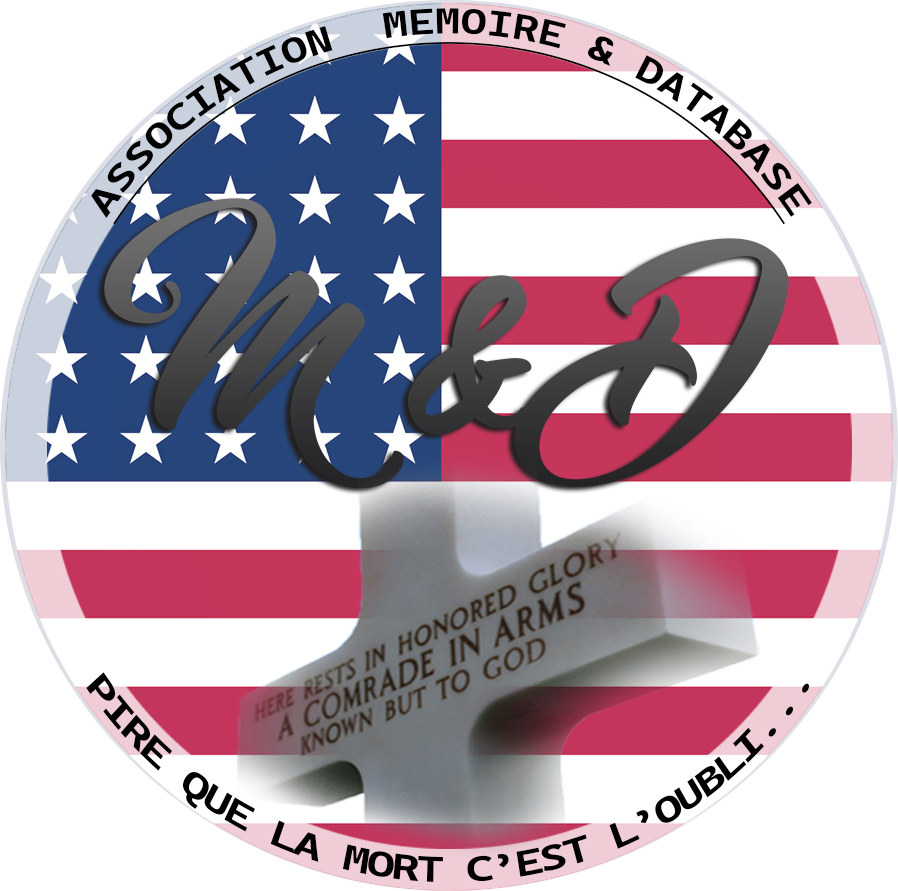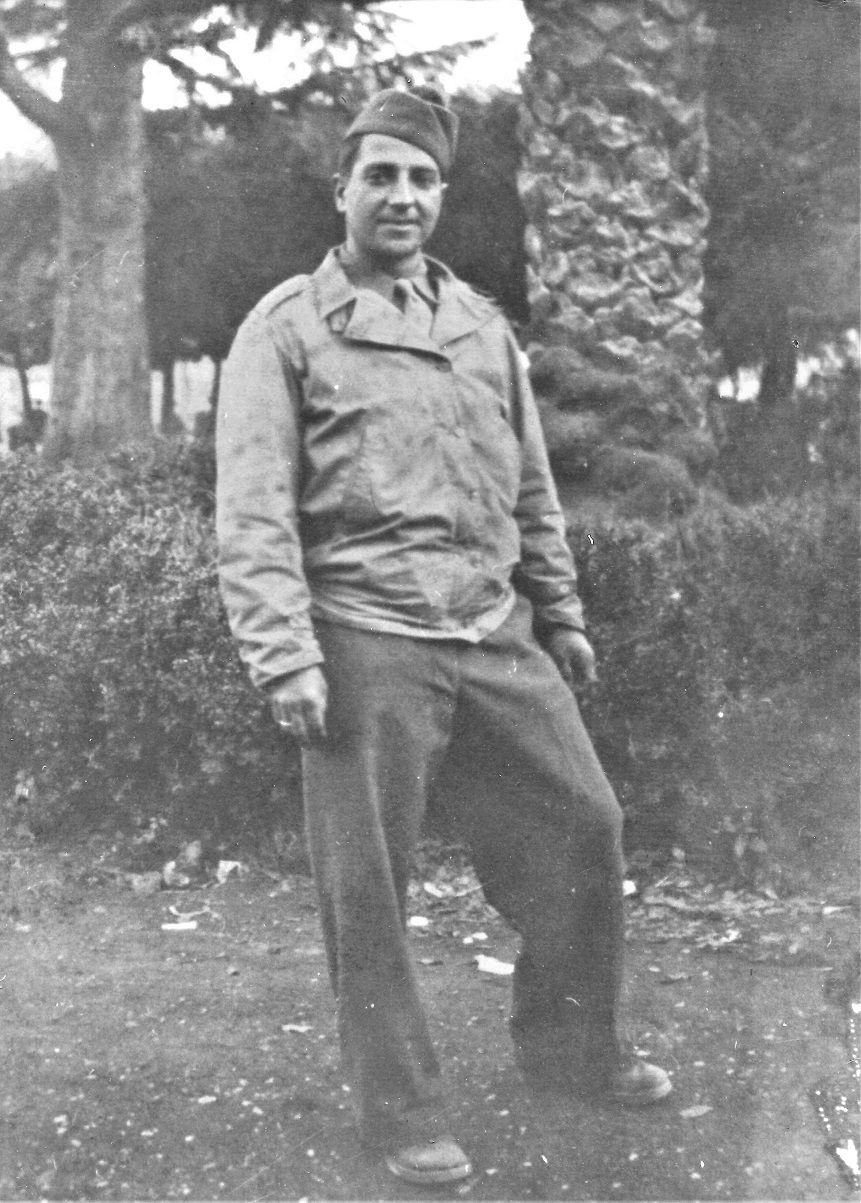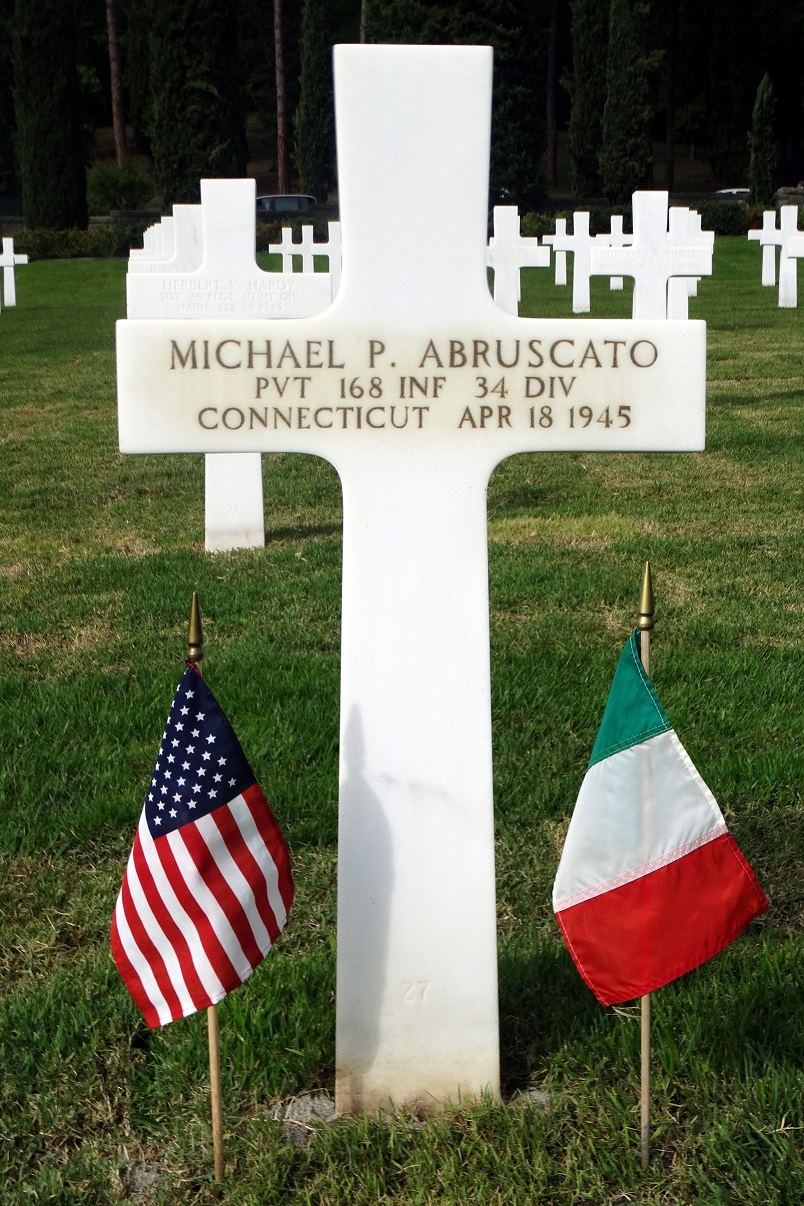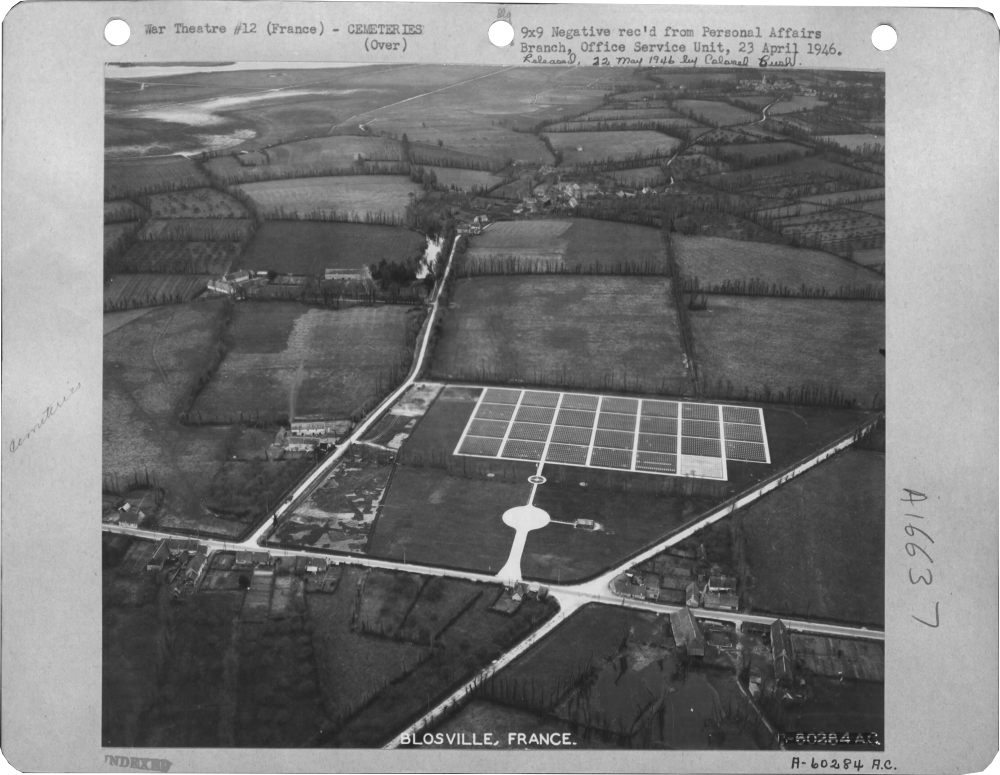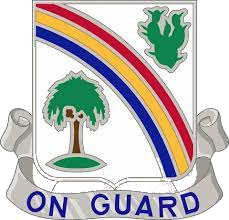|
Michael Paul ABRUSCATO
| ||||||||||||||||||||||||||
|---|---|---|---|---|---|---|---|---|---|---|---|---|---|---|---|---|---|---|---|---|---|---|---|---|---|---|
|
Source : jeffd1121
| ||||||||||||||||||||||||||
| NUMBER OF SERVICE | 31466669 | |||||||||||||||||||||||||
| AGE | 26 yo | |||||||||||||||||||||||||
| DATE OF BIRTH | 7 November 1918 New York, New York County (Manhattan), NEW YORK | |||||||||||||||||||||||||
| ENLISTMENT STATE | CONNECTICUT | |||||||||||||||||||||||||
| FAMILY | Married | |||||||||||||||||||||||||
| RANK | Private | |||||||||||||||||||||||||
| FONCTION | Infantry | |||||||||||||||||||||||||
| JOB BEFORE ENLISTEMENT | Skilled occupations in the manufacture of miscellaneous products |  | ||||||||||||||||||||||||
| DATE of ENLISTEMENT | 6 May 1943 Fort Devens MASSACHUSETTS | |||||||||||||||||||||||||
| COMPANY | Company | |||||||||||||||||||||||||
| REGIMENT | 168th Infantry Regiment | |||||||||||||||||||||||||
| DIVISION | 34th Infantry Division | |||||||||||||||||||||||||
| DATE OF DEATH | 18 April 1945 |
Source : jeffd1121
| ||||||||||||||||||||||||
| ATUS | KIA | |||||||||||||||||||||||||
| PLACE OF DEATH | ||||||||||||||||||||||||||
| CEMETERY TEMPORARY |
CEMTERY TEMPORARY of -- N°--
| |||||||||||||||||||||||||
| CEMETERY |
FLORENCE AMERICAN CEMETERY and MEMORIAL of Florence, Toscana, ITALY | |||||||||||||||||||||||||
| GRAVE |
| |||||||||||||||||||||||||
| DECORATION |
| |||||||||||||||||||||||||
| ||||||||||||||||||||||||||
| STORY | ||||||||||||||||||||||||||
|
The campaign for North Africa had taken six months and many lives, but it was essential in order to invade Italy. Sicily was the stepping-stone. The 34th was assigned to set up staging camps for the assaulting Allies, who pushed the Italian and German troops out of Sicily in July and August 1943. The success of the Sicilian invasion prompted the Italian government to drop out of the war, and Italy signed an armistice on the same day that the invasion of Italy was launched from Sicily September 3, 1943. The 34th was designated as a reserve force for the invasion, but its 151st Field Artillery Battalion was temporarily detached to help the 36th Division establish a beachhead at Salerno. The Germans had launched a bewildering nighttime counter-attack on the beachhead just as the 151st was landing, but with sheer grit and courage, the artillerymen stopped it cold. The Chief-of-Staff for the 36th later commented: "The beachhead would have been destroyed had it not been for the early arrival of the 151st." The 34th, now part of General Mark Clark's 5th Army, arrived at Salerno a few weeks later. From there it advanced slowly northward through mountainous terrain, freezing wet weather, and the turbulent Volturno River, capturing Montemilleto and Benevento in the process. The objective was to capture the "Gustav Line," a formidable chain of German defensive positions, which spanned the entire Italian peninsula above Naples. Fighting along the route was as hard and unforgiving as ever to face an army, but the Germans were gradually pushed back as, one by one, the strategic objectives were taken: Monte Pantano, San Vittore, Monte Chiaia, Monte Trocchio, the Rapido River. Bitter hand-to-hand combat was often needed to root the enemy out of his holes in the mountains, and the men frequently fought in regions, which could only be supplied by animal pack trains. Then came the long, grim assault on Monte Cassino, the most heavily fortified keystone of the Gustav Line. The division attacked the network of hills near Cassino and attempted to storm the ancient abbey itself, but the Germans defied all attempts to wrest control of it. In the brutal winter fighting of 1943-44, the Red Bull lost thousands of its men. Finally relieved in mid-February and given a month's rest, the 34th was sent into action again in March—this time to Anzio. Allied commanders had decided to by-pass the Gustav Line and establish a narrow beachhead at Anzio, but powerful German attacks were preventing Allied forces from moving inland. The division's breakout finally came May 23, followed by the drive on Rome. Men of the l35th Regiment were among the first to enter the city on June 4, 1944, and mopped up snipers that evening in the vicinity of the Coliseum. The 133rd Regiment, in the meantime, was taking the vital port of Civitavecchia northwest of Rome. Elsewhere, off the coast of Normandy, Allies were about to invade France. Germany was now defending itself on three fronts. After Rome, the division continued its drive up the boot of Italy through heavily entrenched German positions. Resistance was dogged but declining in strength as the 34th rooted Germans out of Belvedere, San Vincenzo, Cecina, Rosignano, Leghorn, and Pisa, among others. Then came the Arno River, the Gothic Line along the Apennines, and finally a bold campaign for the Po River Valley, which contained 80 percent of Italy's war industries. The final offensive came in April 1945. The German retreat become a rout as their supplies ran out, and on May 2, 1945, the remnants of the LXXV German Corps, totaling over 40,000 men, surrendered to the Red Bulls near Milan (ironically, the surrendered troops included the 34th German Division). The war in Europe came to an end a few days later, with some elements of the division on the borders of France and Switzerland. | ||||||||||||||||||||||||||
Activated/Activé |
Normandy/Normandie |
| 10 Feb 1941 | Days of Combat/Jour de Combat 500 |
| Casualties/Victimes 16 401 | |
Entered Combat/Entré au combat |
|
| 8 Nov 1942 North Africa | |
|
Commanding Generals/Commandants généraux aj. Gen. Ellard A. Walsh (Feb 41 - Aug 41) |
Campaigns/CampagnesTunisia (17 Nov 42 - 13 May 43) Naples-Foggia (9 Sep 43 - 21 Jan 44) North Apennines (10 Sep 44 - 4 April 45) Po Valley (5 Apr 45 - 8 May 45) |
PLAN DE ROUTE DE LA CAMPAGNE - CAMPAIGN ROUTE MAP |
|
|
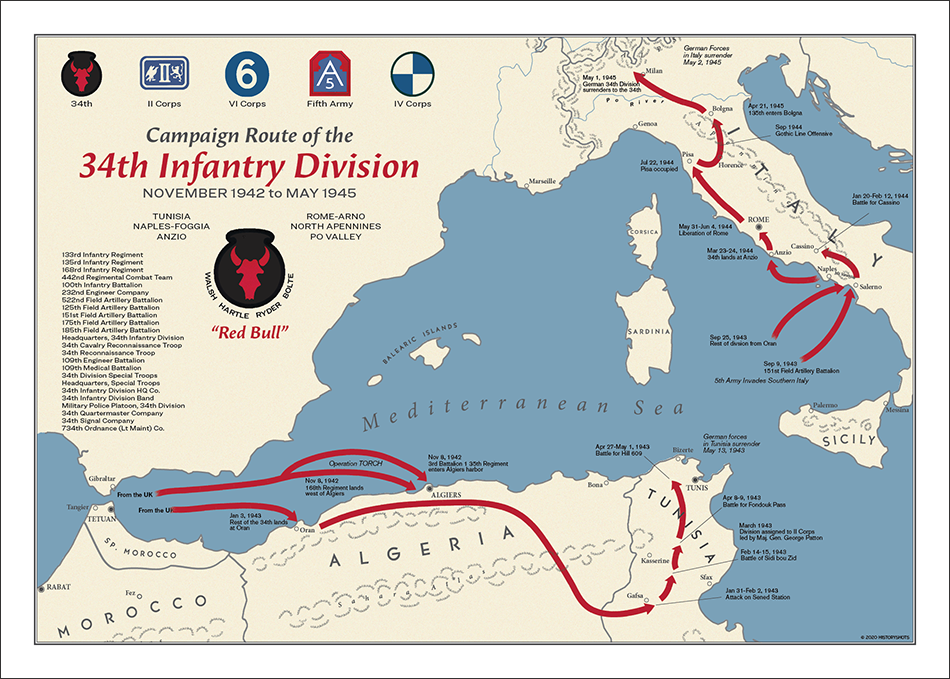 |
|
DIVISION CHRONICLEAfter continuing its training in Ireland, the 34th Infantry Division saw its first combat in the North African invasion, 8 November 1942, landing at Algiers and seizing the port and outlying airfields. Elements of the Division took part in numerous subsequent engagements in Tunisia during the Allied build-up, notably at Sened Station, Paid Pass, Sbeitla, and Fondouk Gap. In April 1943 the Division assaulted Hill 609, capturing it on 1 May 1943, and then drove through Chouigui Pass to Tebourba and Ferryville. The Division then trained for the Salerno landing. The 151st FA Bn. went in on D-day, 9 September 1943, at Salerno, while the rest of the Division followed on 25 September. Contacting the enemy at the Calore River, 28 September 1943, the 34th drove north to take Benevento, crossed the winding Volturno three times in October and November, assaulted Mount Patano and took one of its four peaks before being relieved, 9 December 1943. In January 1944, the Division drove into the Gustav line, took Mount Trocchio after a bitter fight, pushed across the Rapido, attacked Monastery Hill, and fought its way into Cassino, being relieved 13 February 1944. After rest and rehabilitation, it landed in the Anzio beachhead, 25 March 1944, maintaining defensive positions until the offensive of 23 May, when it broke out of the beachhead, took Cisterna, and raced to Civitavecchia and Rome. After a short rest, the Division drove across the Cecina River to liberate Livorno, 19 July 1944, and continued on to take Mount Belmonte in October. Digging in south of Bologna for the winter, the 34th jumped off, 15 April 1945, and captured Bologna on 21 April. Pursuit of the routed enemy was halted, 2 May, with the German surrender in Italy. |
CHRONIQUE DE DIVISIONAprès avoir poursuivi son entraînement en Irlande, la 34e division d'infanterie a vu son premier combat dans l'invasion nord-africaine, le 8 novembre 1942, débarquant à Alger et s'emparant du port et des aérodromes périphériques. Des éléments de la division ont pris part à de nombreux engagements ultérieurs en Tunisie pendant la montée en puissance des Alliés, notamment à Sened Station, Paid Pass, Sbeitla et Fondouk Gap. En avril 1943, la Division a attaqué la colline 609, la capturant le 1er mai 1943, puis a traversé le col de Chouigui jusqu'à Tebourba et Ferryville. La Division s'est ensuite entraînée pour le débarquement de Salerne. Le 151e FA Bn. est entré le jour J, le 9 septembre 1943, à Salerne, tandis que le reste de la division a suivi le 25 septembre. Entré en contact avec l'ennemi à la rivière Calore, le 28 septembre 1943, le 34 se dirigea vers le nord pour prendre Bénévent, traversa le Volturno sinueux trois fois en octobre et novembre, attaqua le mont Patano et prit l'un de ses quatre sommets avant d'être relevé, le 9 décembre 1943. En En janvier 1944, la Division a pénétré dans la ligne Gustav, a pris le mont Trocchio après un combat acharné, a poussé à travers le Rapido, a attaqué la colline du Monastère et s'est frayé un chemin dans Cassino, étant relevée le 13 février 1944. Après le repos et la réhabilitation, elle a atterri dans le Tête de pont d'Anzio, le 25 mars 1944, en maintenant des positions défensives jusqu'à l'offensive du 23 mai, quand il a éclaté de la tête de pont, a pris Cisterna et a couru vers Civitavecchia et Rome. Après un court repos, la Division a traversé la rivière Cecina pour libérer Livourne, le 19 juillet 1944, et a continué à prendre le mont Belmonte en octobre. Creusant au sud de Bologne pour l'hiver, le 34e sauta le 15 avril 1945 et s'empara de Bologne le 21 avril. La poursuite de l'ennemi en déroute a été interrompue, le 2 mai, avec la reddition allemande en Italie. |
| SOURCE INFORMATION & PHOTO | Armydivs.squarespace.com |
|---|
| SOURCE INFORMATION & SOURCE PHOTO | Findagrave.com - Aad.archives.gov - Abmc.gov - 34ida.org |
|---|---|
| PROGRAMMER | Henri, Garrett, Clive, Frédéric & Renaud |


